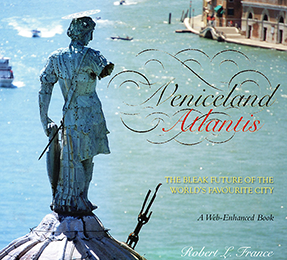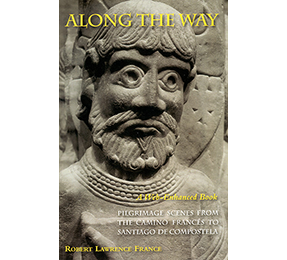From the Wounded Mountain to the Tortured River

Undertaking a peripatetic pilgrimage that is equal parts a daily description of a 200-kilometre walk from the wounded mountain of La Verna to the tortured river near Assisi, and an examination of the debt owed to Italy in terms of ecocultural and environmental scholarship, this book provides an innovative addition to the nascent field of ecocritical narrative scholarship. Through a process that has been referred to as “deep-travel“ or “mind-walking,” the text fulsomely reviews how time spent in Italy influenced the writings of notable North American environmental historians, geographers, scientists, nature writers, landscape architects, and restoration theorists about the conception and manipulation of the natural world. This literary field study highlights how the phenomenological co-traversing of texts and trails can be a valued methodology for undertaking environmental criticism.
Twofold Purpose and Intended Audience
To provide a detailed narrative of the day-to-day particulars of walking the Franciscan Way, given the dearth of published information existing in this regard.
The intended audience are those individuals among the general public whom, having successfully completed the Camino Francés to Santiago de Compostela, are looking for another pilgrimage destination toward which to walk.
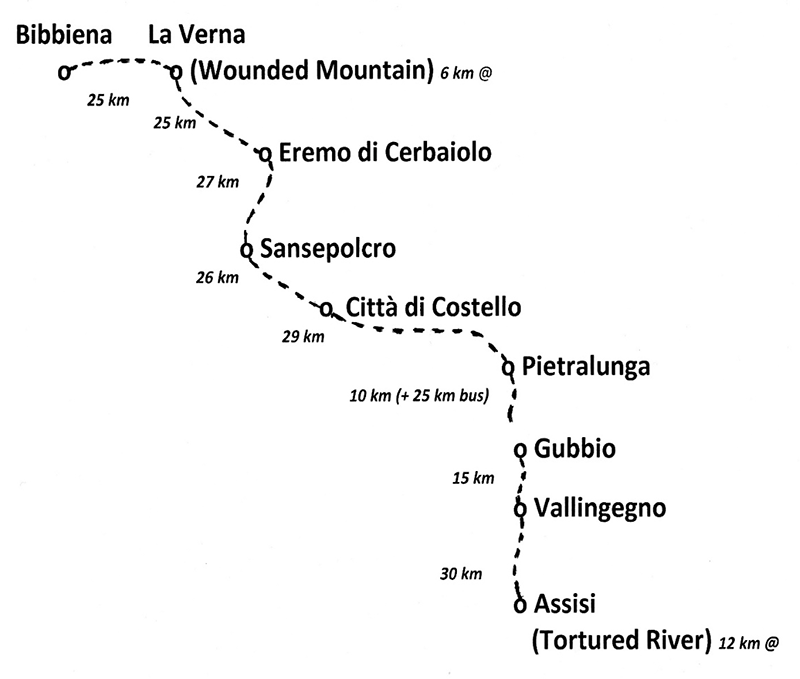
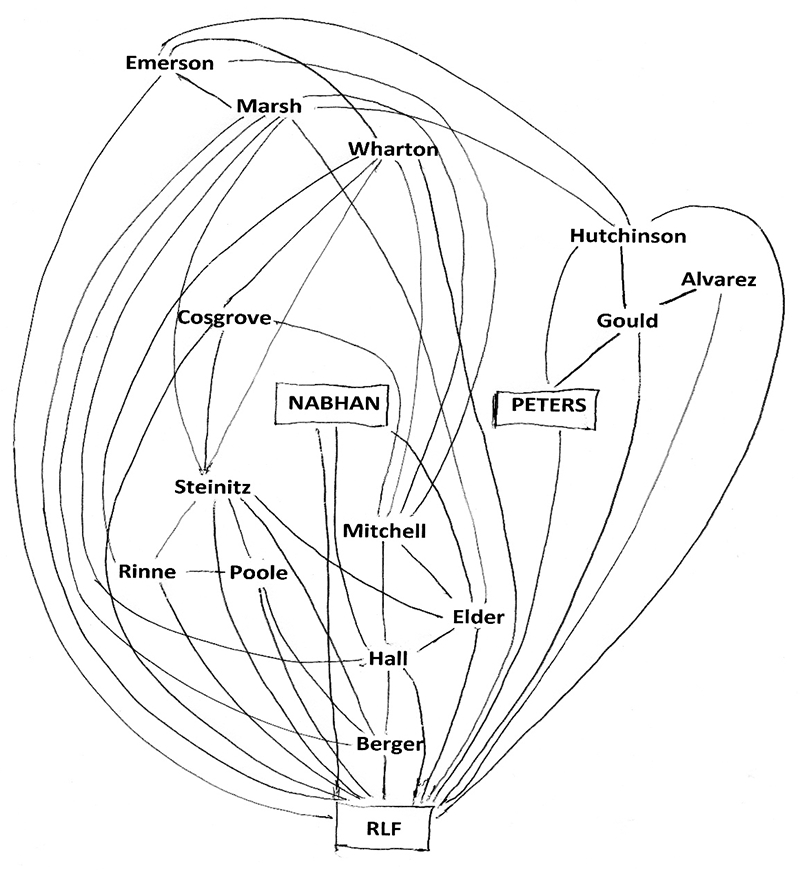
To undertake a survey of how time spent in Italy influenced a particular group of North American environmental scholars, given that contrasting trans-Atlantic differences may exist between perspectives regarding nature and culture.
The intended audience are environmental and literary scholars involved in the fields of ecocriticism, environmental restoration, and Italian-American studies.
In terms of satisfying both purposes, this book can be regarded as a sequel to the influential 1993 book Songbirds, Truffles, and Wolves: An American Naturalist in Italy, by Gary Paul Nabhan, whose ahead-of-its-time steps, both physical paces and conceptual pages, were followed from La Verna to Assisi.
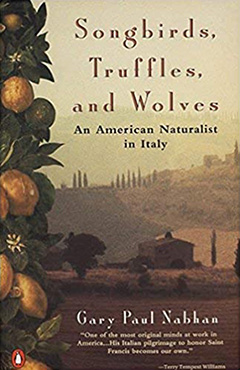
Scholarly Inspirations for Conjoining Paces and Pages
“If we believe that writers are influenced by places as well as texts, it makes sense that a careful scholar, as a matter of credibility and authority, should check those sources, making use of what Simon Schama calls, [in Landscape and Memory], ‘the archive of the feet.'”
Ian Marshall, Story Line: Exploring the Literature of the Appalachian Trail (1998)
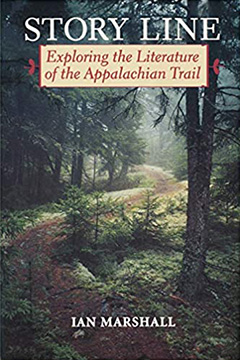
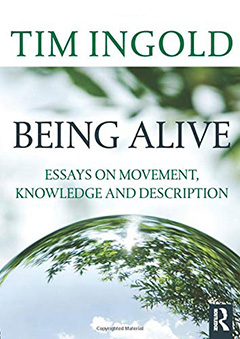
“For the wayfarer in the landscape, as in the…text, particular sites marked by recognizable features would serve as place holders for…characters and stories… By visiting these sites one would recall the stories and meet the characters as though they were alive and present, harnessing their wisdom and power to the task of crafting one’s own thought and experience, and of giving it sense and direction.”
Tim Ingold, Being Alive: Essays on Movement, Knowledge and Description (2011)
Reviews
The book’s main strengths reside in its scope and accessibility. For starters, although France’s survey of U.S. perspectives on Italy establishes an analytical dichotomy between the peninsula and the United States, the author is ambitious in overviewing a rich list of works belonging to fields as diverse as medieval lyric poetry and ecology. His survey spans centuries and disciplines and has the benefit of feeling honest in its appreciations or lack thereof. Further, by taking inspiration from the field of ecocritical experiential scholarship, he shares at length with the readers the joys and tribulations of a walking pilgrim in Italy as he is experiencing them—France’s journal excerpts are included in the volume—and as he revisits them while writing the book. Waymarking Italy’s Influence thus reads like a novel and is most successful when it combines France’s honest intake of Italy and the country’s long and convoluted history. In Chapter 2, for instance, the fortuitous encounter with a Franciscan friar in front of the La Verna sanctuary in the pouring rain, while the spirit of St. Francis seems to emanate from the surrounding mountains and the building’s own rocks, is a moving passage that grasps Italy’s layered genius loci, its spirit of place resulting from centuries of civilizations and natural events piled one on top of the other. France has written extensively on humans’ effects on their environments across the globe, including in northern Spain, the Arctic, Iraq, and the Italian city of Venice. Since Italy’s environmental history and pilgrimages on foot occupy a special place in his work, Waymarking Italy’s Influence comes across as a quite personal publication infused with France’s love for the peninsula and his professional experiences related to it.
excerpted from a longer review
in Landscape Journal (2022)
For humble foot soldiers of the Via Francigena the title of this book could seem like a cosmic joke. But the author, Robert Lawrence France, is to be taken seriously. He is a widely respected authority on ecological science and cultural landscapes, and he has walked and written about more pilgrim routes than many of us could dream of. If the title of this university professor’s book is somewhat indigestible, the treatment of its subject and the skill and grace of the writing are excellent. It is really three books in one – an academic survey of the impact of environmental awareness in Italy from the Romans through to today (not always a good news story), a walker’s guide to the Way of St Francis, and a moving examination of the life of the 13th century saint and the role he continues to play in Italy today. Not one for the rucksack, but certainly a recommended read for anyone who is interested in walking the route from the sanctuary of La Verna to Assisi, and anyone who wants to know what really goes on behind those idyllic Tuscan and Umbrian landscapes.

